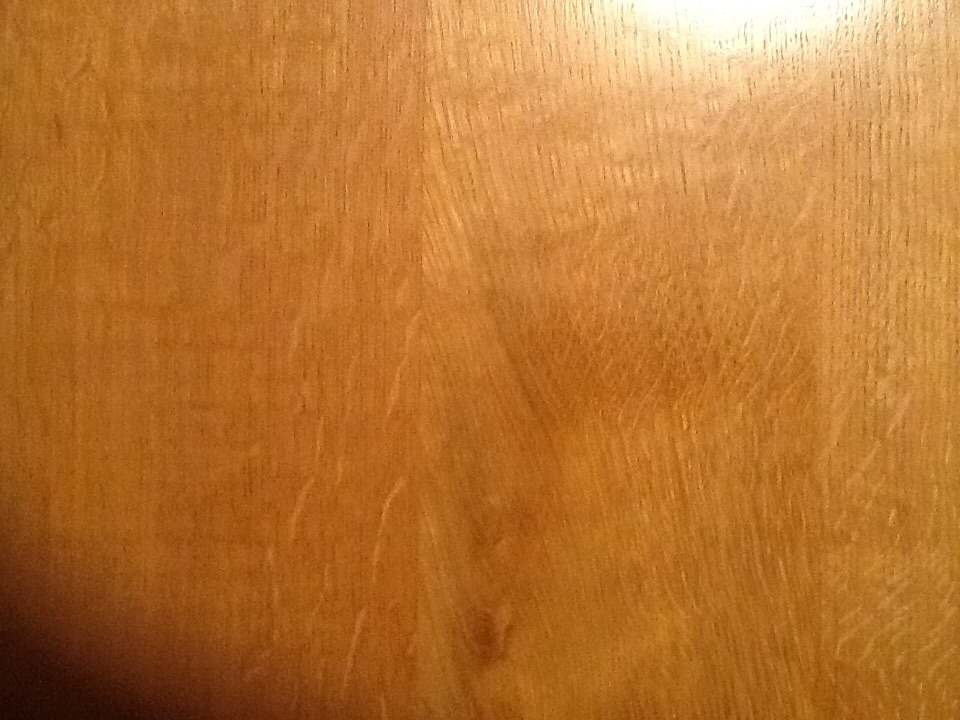luke1i1
Member
Hi all
So I have been working on a project to make a cake stand. I had some bad experience several weeks ago with some "green" oak which has led to me reading up on MC in depth.
I have now acquired some kiln dried oak rounds for the base and surface however I am still experiencing cupping.
I have bought a moisture meter and the MC in various places ranges from 9-10% which is very slightly on the high side but nowhere near as bad as before.
Let me explain my process for turning the wood.
First I mount the oak round to the faceplate and face the opposite side to create a flat surface (this will form the base to sit on the table). I then remove the wood from the lathe (with the faceplate still attached) and confirm this is flat (I.e. no wobble when on my table). I then remove the faceplate and mount this to the side opposite side which is now flat. I then turn the outer edge and opposite side to suit before sanding etc. However when I remove the faceplate the dam wood has cupped and does not want to sit flat on the table!
Has anyone any suggestions as to why the wood is doing this? Is it the internal stressors of the wood?
Thanks for your time
Luke
So I have been working on a project to make a cake stand. I had some bad experience several weeks ago with some "green" oak which has led to me reading up on MC in depth.
I have now acquired some kiln dried oak rounds for the base and surface however I am still experiencing cupping.
I have bought a moisture meter and the MC in various places ranges from 9-10% which is very slightly on the high side but nowhere near as bad as before.
Let me explain my process for turning the wood.
First I mount the oak round to the faceplate and face the opposite side to create a flat surface (this will form the base to sit on the table). I then remove the wood from the lathe (with the faceplate still attached) and confirm this is flat (I.e. no wobble when on my table). I then remove the faceplate and mount this to the side opposite side which is now flat. I then turn the outer edge and opposite side to suit before sanding etc. However when I remove the faceplate the dam wood has cupped and does not want to sit flat on the table!
Has anyone any suggestions as to why the wood is doing this? Is it the internal stressors of the wood?
Thanks for your time
Luke



































